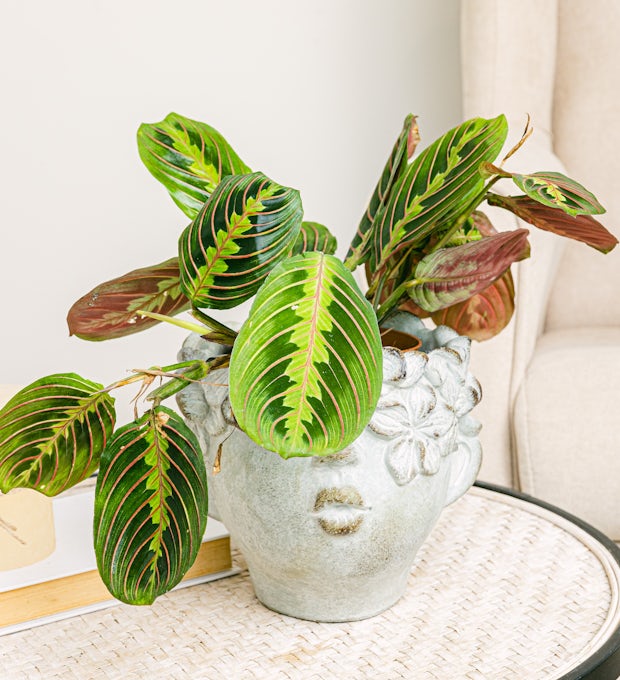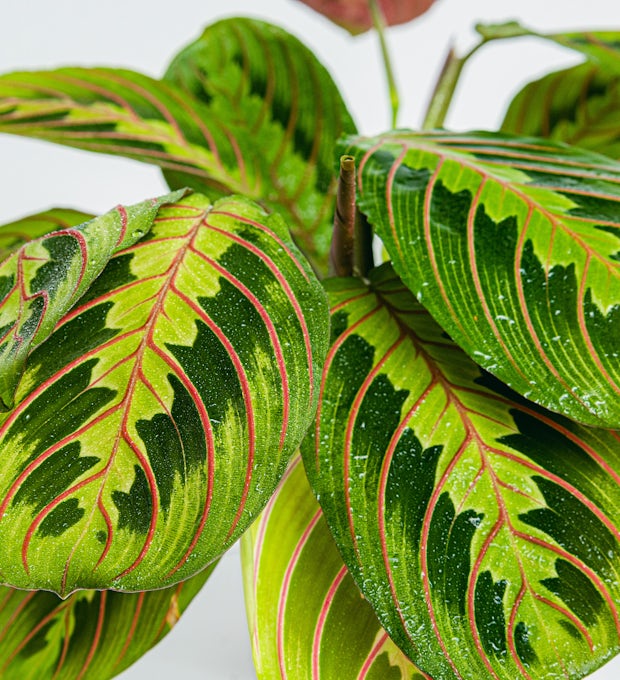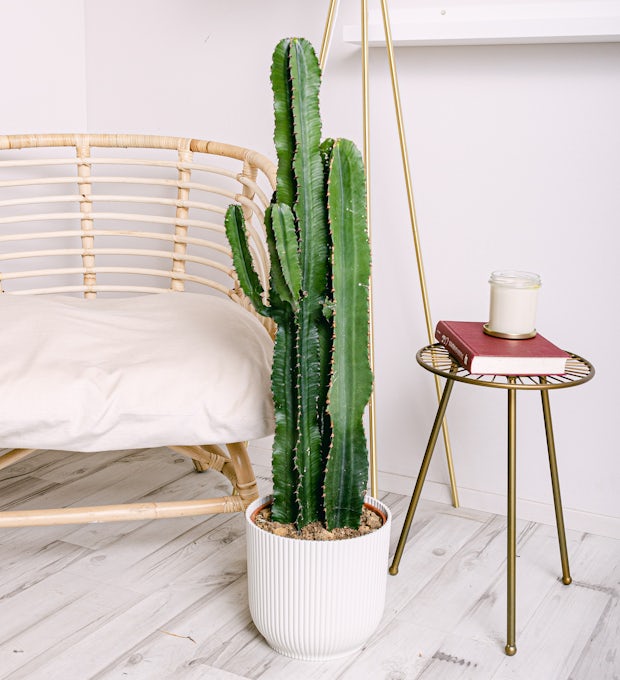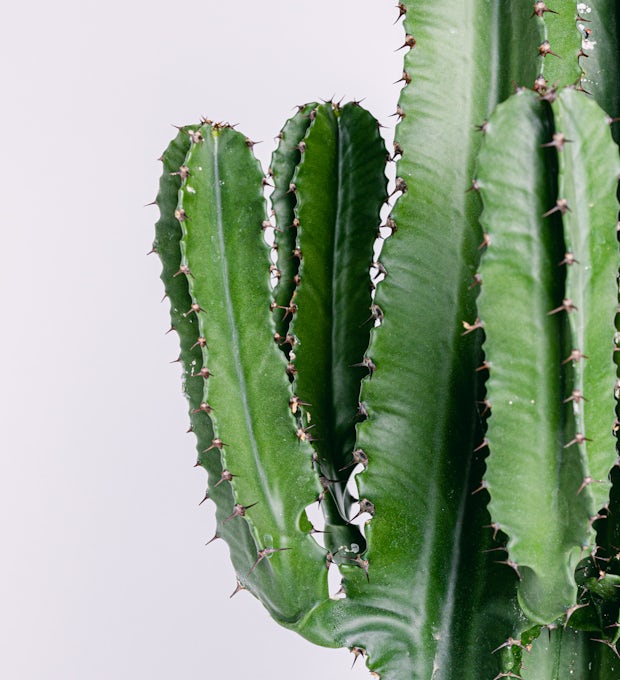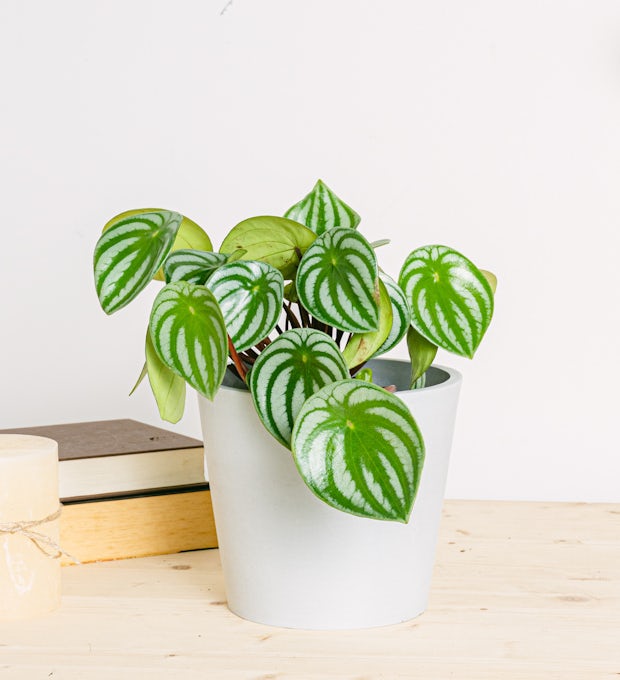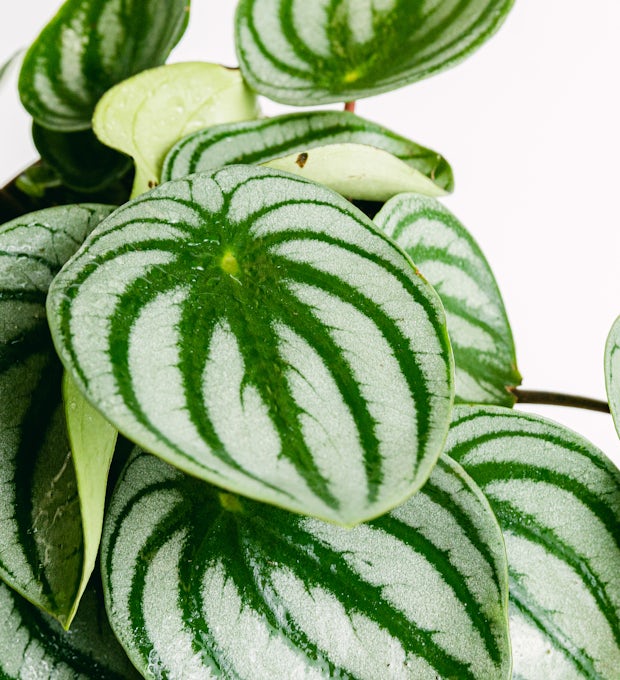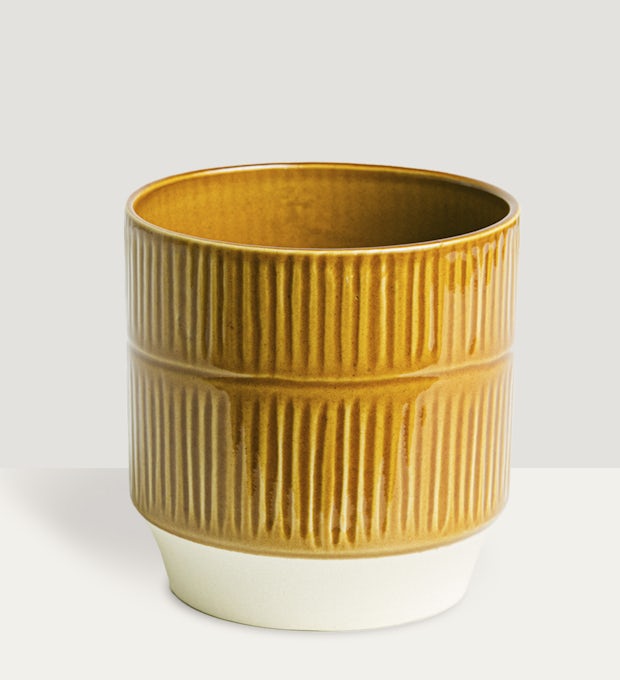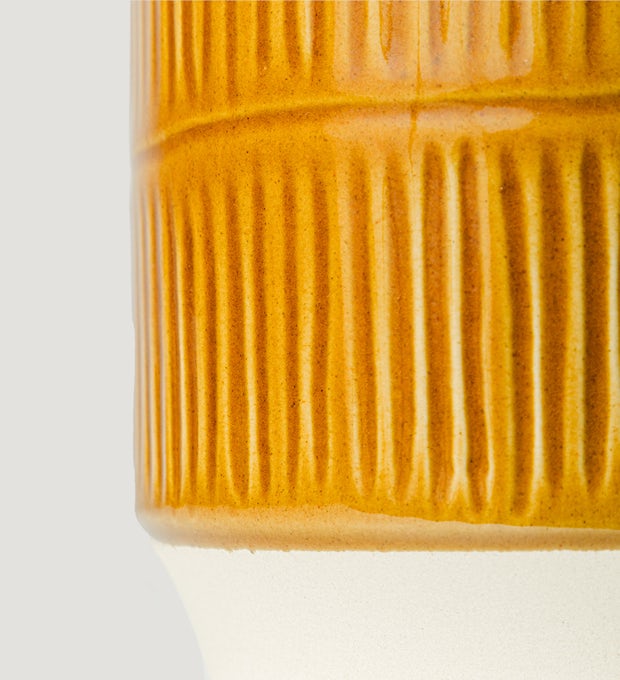As a plant enthusiast, I've encountered a frustrating problem with my cherished bromeliads: browning leaves and flowers. Determined to find solutions, I delved into the causes and remedies for this issue.
From understanding the plant's natural lifecycle to adjusting watering practices, I learned effective strategies to restore their health.
In this article, I'll share expert advice on troubleshooting browning bromeliads, helping fellow enthusiasts ensure their plants thrive once more.
Let's embark on this journey together and save our beloved bromeliads.
Reasons for Browning Bromeliad Leaves
The browning of bromeliad leaves can be caused by various factors.
One common reason for browning bromeliad leaves is a nutrient deficiency. When the plant lacks essential nutrients, it can lead to discoloration and browning of the leaves.
Another factor that can cause browning is pest infestation. Pests like aphids, mealybugs, and spider mites can damage the leaves, causing them to turn brown.
It's important to identify and address these issues promptly to prevent further damage to the plant. Regular fertilization and pest control measures can help maintain the health and appearance of bromeliad leaves.
Monitoring the plant's nutrient levels and taking preventive measures against pests are key in preventing browning of bromeliad leaves.
Dealing With Brown Leaves on Bromeliads
When dealing with brown leaves on bromeliads, I usually start by assessing the severity of the browning and determining the best course of action. If the brown leaves are limited to just a few tips, pruning techniques can be used to remove the affected areas.
However, if the browning is extensive and affects the overall health of the plant, it may be necessary to remove the entire leaf. This can be done by cutting the leaf at its base, close to the stem.
To prevent brown leaves in the future, it's important to provide the bromeliad with the right conditions. This includes providing adequate light, proper watering techniques, and ensuring good air circulation.
We ship plants to all locations, you can see more options here.
Cleaning Bromeliad Leaves
To maintain the appearance of bromeliad leaves, regular cleaning is essential. Cleaning techniques are important to prevent white marks on the leaves.
When cleaning bromeliad leaves, it's recommended to use distilled or purified water to avoid white marks. Spraying water directly on the leaves and allowing it to dry can cause unsightly white marks. Instead, cleaning the leaves with clean water can help maintain their appearance.
It's crucial to be careful when cleaning bromeliad leaves to prevent any damage or discoloration. By following proper cleaning techniques, bromeliad leaves can stay clean and healthy, enhancing the overall beauty of the plant.
Bromeliads in Low Temperatures
I frequently grow bromeliads outdoors in low-temperature areas like Melbourne, Australia. When it comes to bromeliads in low temperatures, there are a few key things to keep in mind. Here are three important points to consider:
Protecting bromeliads from frost: During winter, it's crucial to protect bromeliads from frost. Covering them with a frost cloth or moving them to a sheltered area can help prevent damage.
Growing bromeliads indoors during winter: If the temperatures drop too low, it might be necessary to bring your bromeliads indoors. Find a bright spot with indirect sunlight and maintain a consistent temperature between 50-70 degrees Fahrenheit.
Monitoring temperature fluctuations: Bromeliads can tolerate low temperatures, but sudden temperature drops can still harm them. Regularly check the weather forecast and be prepared to take action if necessary.
Troubleshooting Browning Flowers
Continuing the discussion from bromeliads in low temperatures, protecting bromeliads from frost is crucial when troubleshooting browning flowers.
Browning flowers on bromeliads can be a natural part of their lifecycle, indicating that the mother plant is dying. However, if the flowers have never bloomed and are dying, it may be a different issue that needs troubleshooting.
To prevent browning flowers, proper pruning techniques can be employed. Unsightly brown flowers can be cut off one by one, allowing the plant to focus its energy on producing healthy blooms.
Additionally, ensuring proper watering practices, avoiding overwatering, and providing sufficient light can help prevent browning flowers.
We ship plants to all locations, you can see more options here.
Seeking expert advice is recommended to accurately diagnose and address any issues with browning flowers on bromeliads.
Signs of Poor Drainage
When troubleshooting browning flowers on bromeliads, it's important to recognize the signs of poor drainage in order to address any potential issues. Here are three signs to look out for:
Yellow blooms turning brown from the bottom: This can indicate that water isn't draining properly and is sitting at the bottom of the pot, causing the roots to rot.
Limpness in the plant: If your bromeliad feels weak and floppy, it may be a sign of poor drainage. When the roots are constantly wet, they can become waterlogged and unable to absorb oxygen.
Presence of root rot: root rot is a common problem in bromeliads with poor drainage. If you notice a foul smell or mushy roots when you remove the plant from its pot, it's a clear indication of root rot.
Improving drainage is crucial to preventing root rot and promoting the overall health of your bromeliad.
Guzmania as Epiphytes
To understand the potential causes of browning and sickness in bromeliads, it is important to delve into the nature of Guzmania plants as epiphytes. Guzmania plants are epiphytes, meaning they grow on other plants rather than in the ground. This epiphytic nature may contribute to the browning and sickness of the plant. In order to care for Guzmania properly, it is essential to understand their unique needs as epiphytic bromeliads.
Here is a table summarizing key information about Guzmania care as epiphytes:
| Guzmania Care as Epiphytes |
|---|
| Light: Bright, indirect light |
| Water: Allow roots to dry out between waterings |
| Humidity: High humidity levels |
| Temperature: 60-80°F (15-27°C) |
| Fertilizer: Diluted liquid fertilizer monthly |
Effects of Overwatering
As an experienced gardener, I've observed the negative effects of overwatering on bromeliads. Overwatering can have detrimental consequences for these plants, leading to root rot and overall decline in health. To prevent overwatering and its effects, here are some prevention tips:
Monitor soil moisture: Check the moisture level of the soil before watering. Bromeliads like Guzmania prefer slightly dry conditions, so allow the soil to dry out before watering again.
Adjust watering frequency: Instead of sticking to a fixed watering schedule, water the bromeliad only when the soil is dry. This will prevent excessive water accumulation and potential root rot.
Ensure proper drainage: Repot the plant in a well-draining soil mix and ensure that the pot or container has sufficient drainage holes to allow excess water to escape.
If your bromeliad has already been overwatered, here are some recovery methods:
Stop watering: Give the plant a break from watering to allow the soil to dry out and prevent further damage.
Remove affected leaves: Trim off any brown or mushy leaves to promote new growth and prevent the spread of rot.
Seek expert advice: Consult with a gardening expert to assess the plant's condition and provide guidance on further actions.
Potential Solutions
After assessing the plant's condition and seeking expert advice, I've determined potential solutions to address the browning and sickness in bromeliads.
To begin with, adjusting watering practices is crucial to avoid overwatering. proper watering techniques include allowing the soil to dry out between waterings and avoiding excessive water accumulation in the pot or container.
Repotting the plant in a well-draining soil mix can also help improve drainage and prevent waterlogged roots. It's important to monitor the plant's health closely and make necessary adjustments accordingly.
By following these repotting techniques and proper watering techniques, we can increase the chances of saving the plant and restoring its health.
It's always advisable to consult with an expert for personalized guidance and specific recommendations based on the individual plant's needs.
Assessing the Plant's Condition
I need to assess the condition of the bromeliad plant. To determine its health and potential need for repotting, I'll consider the following:
- Evaluate the severity of browning and limpness:
- I'll closely examine the extent of browning on the leaves
- I'll assess whether the plant appears wilted or droopy.
- Consider the overall health of the plant:
- I'll observe the overall condition of the plant
- I'll take note of any signs of pests, diseases, or nutrient deficiencies.
- Determine if repotting is a viable option:
- I'll assess the root system
- I'll check for overcrowding, root rot, or compacted soil.
- If necessary, I'll consider repotting the bromeliad in a well-draining soil mix.
Conclusion
In conclusion, troubleshooting browning bromeliads requires a thorough understanding of the potential causes and appropriate solutions. By addressing factors such as dry air, overwatering, poor drainage, and adjusting watering practices, we can restore the health and beauty of our beloved plants.
Additionally, regular cleaning and assessing the plant's condition are essential steps in maintaining their well-being. With the guidance of expert advice, we can ensure that our bromeliads thrive and continue to bring joy to our plant collections.
